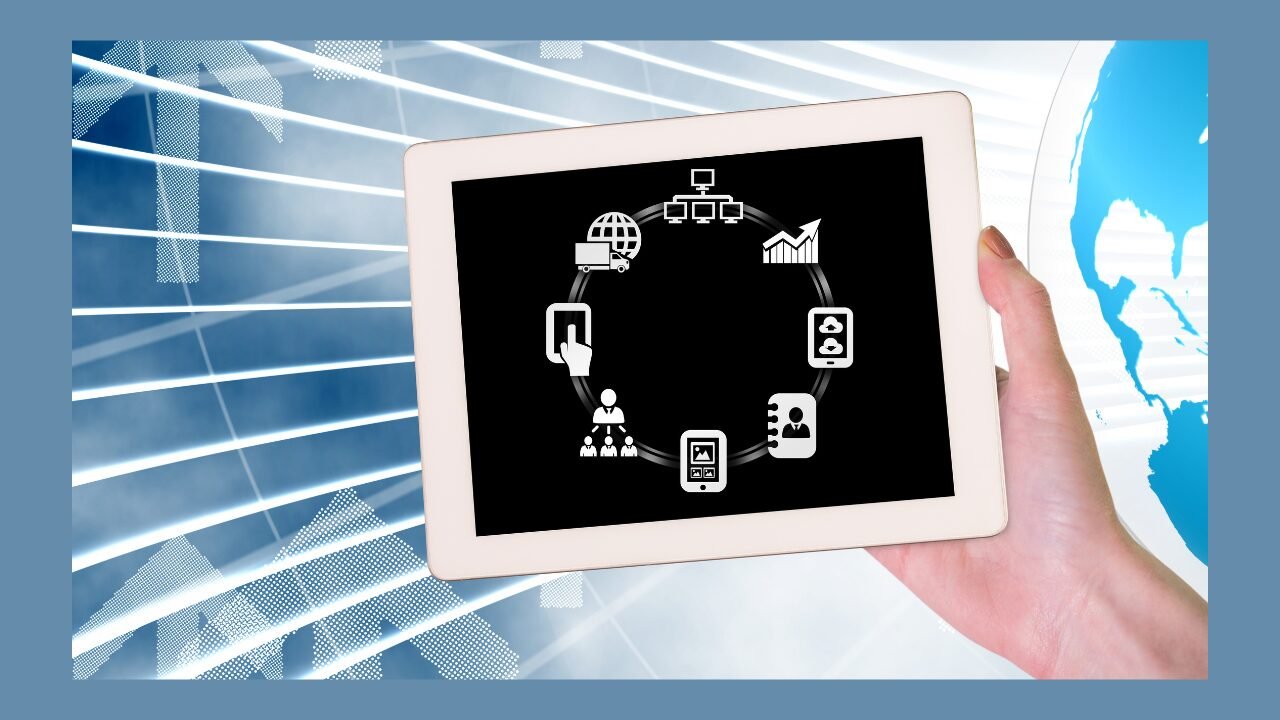How to Create a Digital Hub for a Hybrid Team: Technologies, Approaches, and Best Practices

The future of work is here. Watercooler chats occur on Slack; brainstorming sessions are held on cloud whiteboards, and team lunches often involve a shared Zoom link. That is comfortable and challenging at the same time. If you are leading or managing a hybrid team, you will hardly be able to operate “your people” without a digital hub. It is a single place where communication flows, documents live, tools integrate, and collaboration works. But how do you build a solution that fully serves its purpose? Let’s break it down. Continue reading to discover how to create a hybrid-friendly digital workspace for your top-performing team.
What Is a Digital Hub for Hybrid Teams?
A digital hub is a central space where your team can talk, plan, share, and work together online. Think of it as a virtual office that everyone can access at any time. It brings tools for messaging, project tracking, document sharing, and meetings into one place. For hybrid teams, a digital hub is a must-have solution. It reduces confusion, keeps information flowing, and provides every team member with a shared view of what is happening.
Core Technologies for Building a Digital Hub
Want to build a solid digital hub for effective hybrid work management? Then, arm yourself with the right tools. The right tech stack helps streamline workflows, boost team engagement, and centralize critical information. This is especially important if you decide to opt for React team augmentation. Here are some key options to consider:
- Collaboration tools, such as Slack or Microsoft Teams, enable people to chat, make calls, and stay connected in real-time.
- Knowledge management — You can use Confluence or Notion to store guides, notes, and how-to guides, ensuring that nothing gets lost.
- Task and project management — With Asana, Trello, or Jira, you can easily track who is working on what and when it is due.
- Security & Access Control — Utilise SSO (Single Sign-On) and device management to maintain data security.
Look for tools that offer APIs and work well together. Modular platforms enable you to scale and adjust as your team expands.
Best Practices for Setting Up a Digital Hub
It is essential to have the right tools in your digital toolbox for hybrid workspace management. However, setting things up the right way so your team uses them is way more critical. Start by asking your team what they need, what is working for them, and what is missing. Build a hub that feels easy and inclusive for everyone. Keep the user experience simple. Ensure it works on both desktop and mobile devices.
Create a central dashboard or homepage. Add links to key tools, folders, calendars, and FAQs. Keep everything in one place. Document your processes. New hires should be able to easily find onboarding materials, team processes, and contact information without needing to ask around. Do not forget about the design. Clean, clear, and responsive layouts make a huge difference.
Organizational and Cultural Approaches
The best digital hubs support how people work, not just where they work. That starts with finding the right rhythm between real-time and on-your-own-time communication. Use live calls for urgent or creative work. Slack, Loom, or project boards will work great for updates that do not require a meeting.
Be clear about who owns what. Everyone should know their role, what is expected of them, and where to find answers. Offer training for new tools. Not everyone picks things up the same way. A short video or step-by-step guide can go a long way. Lastly, set up regular check-ins or surveys to ensure ongoing communication. Ask how things are going. Minor tweaks based on feedback can make a big difference over time.
Measuring the Success of Your Digital Hub
The tricky part here is determining whether your digital hub is functioning correctly and whether any settings need to be reconfigured. Once you have clear metrics, it is easy to measure the success of your hybrid workplace solutions. Here are some hardcore metrics for your inspiration:
- Are people using the tools?
- Are updates clear and shared on time?
- Are projects moving forward faster?
Internal surveys or quick polls can be used to track engagement and usage. Review adoption rates, feedback, and productivity statistics to inform decisions. If your hub is reducing confusion and helping your team focus, that is a win.
READ MORE
Conclusion
Building a digital hub for your hybrid team is like establishing a cozy virtual headquarters. It should be efficient, easy to navigate, and welcoming. So whether your teammate is logging in from a coworking space in Lisbon or a living room in Toronto, your digital hub should feel like home.
Select the right technology, involve your team, and create a space that allows for both structure and feedback. Then take a look at what you are using today and start building something better. It does not have to be perfect. Just get started.
